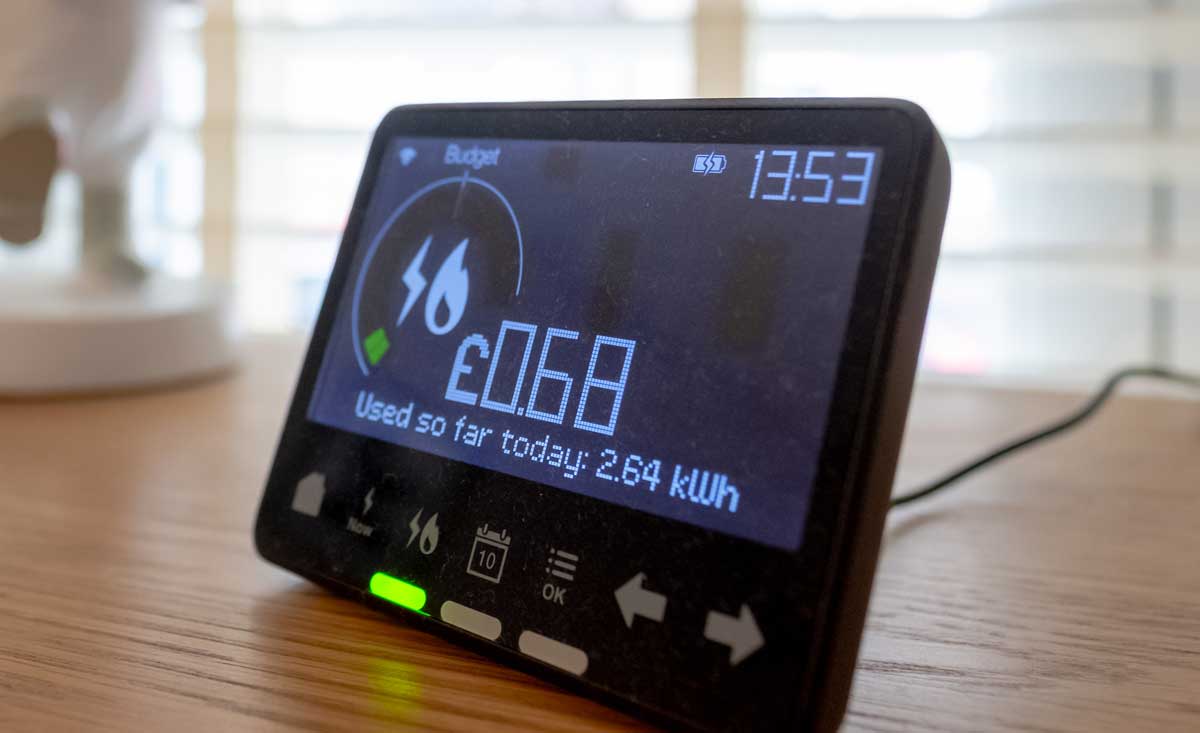0
0 EUR

The Impact of Smart Meters on Renewable Energy Integration: Enhancing the Grid Integration of Renewable Energy Sources
7 May 2024
As the world strives to transition to a sustainable future, renewable energy integration plays a pivotal role in reducing our dependence on fossil fuels and mitigating climate change. However, effectively integrating renewable energy sources into existing power grids has presented significant challenges. In recent years, smart meters have emerged as a promising solution to enhance the grid integration of renewable energy. This article explores the impact of smart meters on renewable energy integration and highlights their benefits in enabling a seamless transition to a cleaner and greener energy landscape.
The integration of renewable energy sources into existing power grids is essential for achieving a sustainable energy future. Smart meters play a crucial role in this integration process by providing real-time data, enabling
Enhancing Renewable Energy Integration
Smart meters, also known as advanced metering infrastructure (AMI), are digital devices that measure and record energy consumption in real-time. They offer two-way communication capabilities between energy consumers and utilities, enabling a more efficient and intelligent energy grid. Here's how smart meters contribute to the integration of renewable energy sources:Real-time Monitoring and Data Analysis
Smart meters provide granular, real-time data on energy consumption and production. This data helps utilities and consumers identify patterns, optimize energy usage, and make informed decisions regarding the integration of renewable energy sources. By gaining insights into peak energy demand periods, utilities can adjust energy supply accordingly and accommodate renewable energy generation.Demand Response and Load Management
Smart meters facilitate demand response programs, allowing utilities to communicate with consumers and incentivize energy consumption during off-peak hours. By shifting energy demand away from peak periods, renewable energy sources can be better integrated into the grid, reducing strain during high demand and maximizing the utilization of clean energy.Integration of Distributed Energy Resources (DERs)
Renewable energy sources, such as solar panels and wind turbines, are often installed at the consumer level, generating energy close to the point of consumption. Smart meters enable the seamless integration of these distributed energy resources into the grid by monitoring their output and optimizing their utilization. This decentralized approach reduces transmission losses and improves the reliability and resilience of the grid.Grid Stability and Balancing
The intermittent nature of renewable energy sources, such as solar and wind, poses challenges for grid stability and balancing. Smart meters play a crucial role in addressing these challenges by:Forecasting and Predictive Analysis
Smart meters provide real-time data on energy production and consumption, which helps utilities forecast renewable energy generation and plan grid operations accordingly. By accurately predicting fluctuations in supply and demand, utilities can proactively balance the grid, ensuring a stable and reliable energy supply.Flexibility and Energy Storage Integration
Smart meters enable the integration of energy storage systems, such as batteries, into the grid. By storing excess renewable energy during periods of high generation and discharging it during peak demand, energy storage systems provide flexibility and enhance grid stability. Smart meters facilitate the monitoring and management of these energy storage assets, ensuring efficient utilization and optimal integration into the grid.Empowering Energy Consumers
Smart meters empower energy consumers to actively participate in the integration of renewable energy sources. Here's how:Energy Consumption Awareness:
Real-time energy data provided by smart meters allows consumers to monitor and analyze their energy consumption patterns. By understanding their usage habits, consumers can make informed decisions to reduce energy waste, adopt energy-efficient practices, and support the integration of renewable energy into the grid.Proactive Energy Management:
Smart meters enable consumers to participate in demand response programs and take advantage of time-of-use pricing. By adjusting their energy consumption based on real-time pricing signals, consumers can optimize their energy usage, save costs, and contribute to a more balanced and sustainable grid.The integration of renewable energy sources into existing power grids is essential for achieving a sustainable energy future. Smart meters play a crucial role in this integration process by providing real-time data, enabling

.jpg)